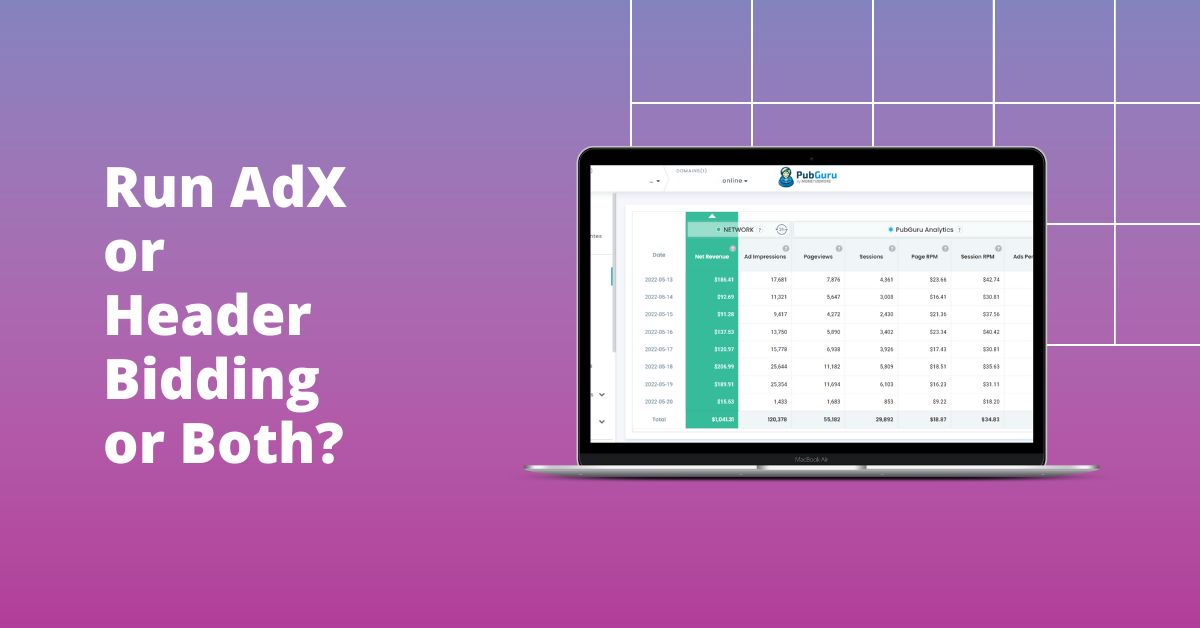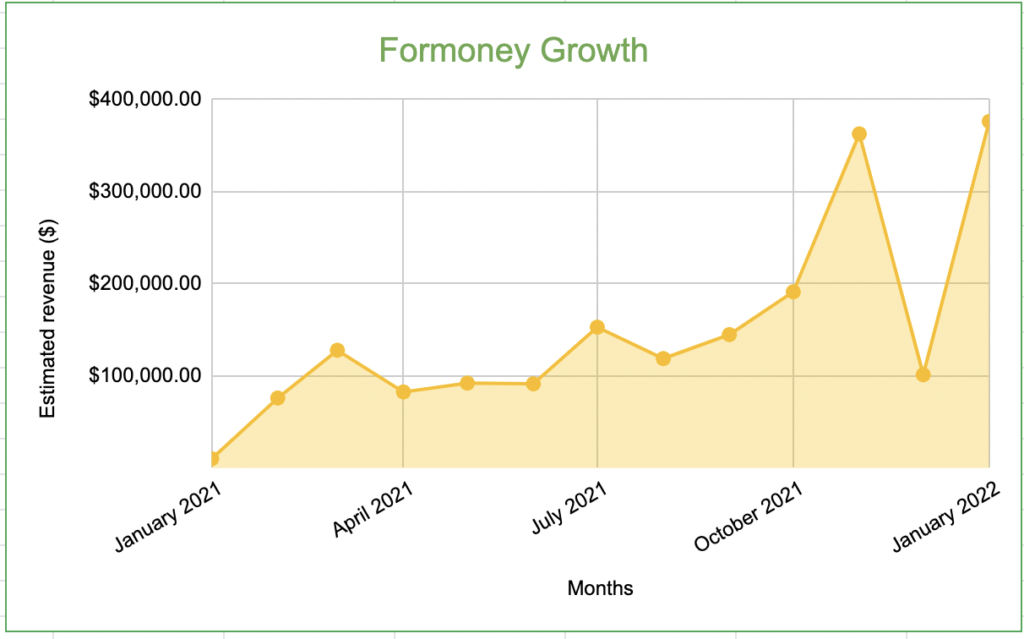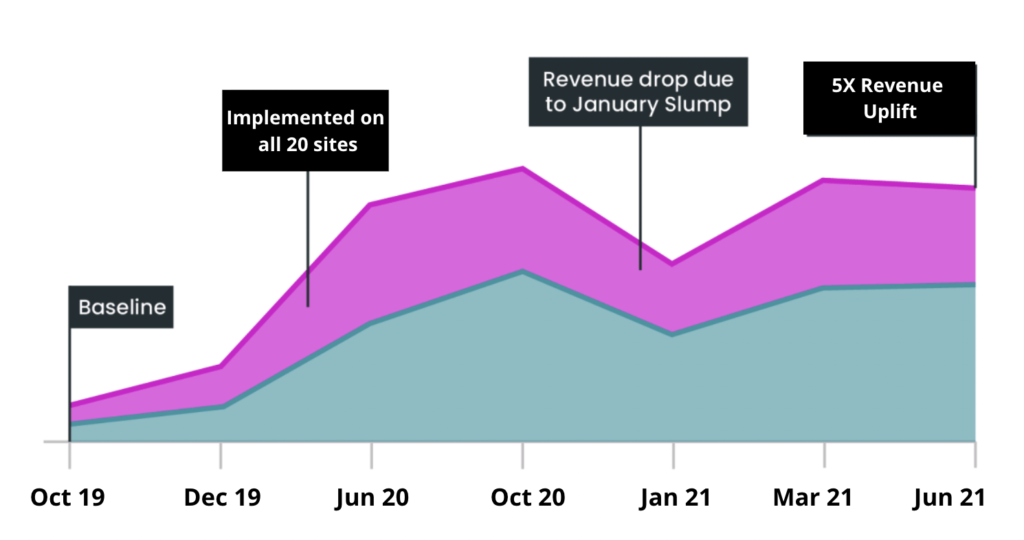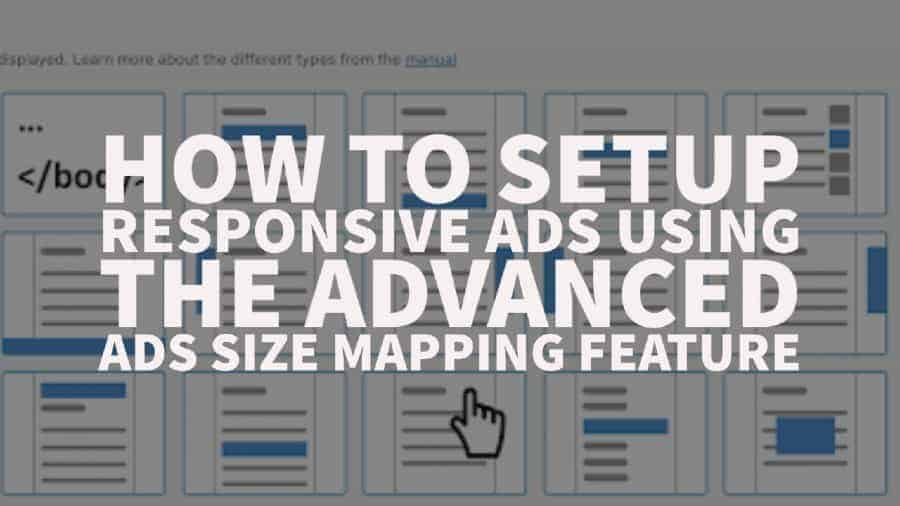
Header bidding has emerged as a game-changer in the digital advertising industry, revolutionizing the way publishers maximize their revenue and advertisers access premium inventory. However, with the multitude of header bidding solutions available, publishers often face a crucial decision: Should they opt for ADX (Ad Exchange), header bidding, or is it better to employ a combination of header bidding solutions?
In this blog post, we will delve into the topic of choosing between ADX and header bidding and running multiple header bidding solutions simultaneously. By exploring each approach’s benefits, considerations, and potential drawbacks, we aim to provide publishers with valuable insights to make an informed decision that aligns with their goals and objectives.
Whether you are new to header bidding or seeking to optimize your existing setup, this guide will equip you with the knowledge necessary to navigate the complexities of ADX and header bidding so that you can evaluate whether it stands alone or warrants complementing additional header bidding solutions.
Join us as we explore the nuances of ADX and header bidding, weigh the pros and cons, compare it to other alternatives, and offer practical advice on implementation and optimization. By the end, you will be equipped with the information needed to make an informed decision that can elevate your digital advertising strategy to new heights.
Let’s dive in and unravel the world of ADX header bidding, empowering you to maximize revenue and deliver an exceptional user experience.
| AdX Pros | AdX Cons |
|---|---|
| Access to a vast network of advertisers | High competition, potentially lower CPMs |
| Advanced targeting capabilities | Dependency on Google’s policies and guidelines |
| Real-time bidding maximizes revenue potential | Limited control over ad placements and formats |
| Integration with Google’s ad tech ecosystem | Revenue share fees may be higher compared to others |
| Higher fill rates due to extensive demand | Limited transparency into buyer data and bidding |
| Header Bidding Pros | Header Bidding Cons |
|---|---|
| Increased competition and higher CPMs | Increased page load times |
| Access to a wide range of demand sources | Implementation complexity and technical requirements |
| More control and transparency over ad inventory | Potential latency and performance issues |
| Ability to set floor prices and prioritize demand | Potential for ad fraud and invalid traffic |
| Improved fill rates and reduced ad impression loss | Potential revenue cannibalization with multiple partners |
Please note that the abovementioned pros and cons are historical observations and may vary depending on the specific implementation, setup, and industry factors. Consult us before you evaluate your own requirements and goals when considering AdX or implementing header bidding strategies.
Ad Exchange undeniably holds the #1 spot as being the best addition to a publisher’s ad stack. If you’ve grown as a publisher and want to take your ad earnings to the next level, Ad Exchange is the natural progression from Google AdSense. Ad Exchange also gives publishers access to a large pool of advertisers integrated with Google Ad Manager, higher demand, better CPMs, and more.
Now Ad Exchange seems to be a perfect choice, right? Publishers should always take note that this doesn’t necessarily mean that going with Ad Exchange alone is the best move.
With Dynamic Allocation and Ad Exchange, Google holds a strong monopoly over the publisher’s inventory that doesn’t necessarily reflect their best interest at all times.
This is where Header Bidding comes in.
Header Bidding enables publishers to expose and sell their inventory to more demand partners while getting the highest possible yield for each impression. With Header Bidding allowing multiple demand sources to bid in real-time for the same inventory, publishers can expect higher ad revenues and better monetization efficiency.
However, if you’re not part of Google Ad Exchange, you don’t have access to this ad network’s massive demand pool. This means that you won’t be able to monetize every impression as efficiently as Google’s Ad Exchange will. The result will be lower fill rates and many impressions wasted.
What is the solution, then? It’s a lot simpler than you think. Run them both together, Ad Exchange and header bidding.
With Ad Exchange and Header Bidding competing in a publisher’s ad stack, all your ad inventory is ensured to be monetized as efficiently as possible. Real-time bids from Header Bidding Wrappers putting extra pressure on Ad Exchange for each impression gets you a better yield than going with either solution alone.
How FORMONEY jumped from $10K to $380K with MonetizeMore’s ad technology

Formoney’s revenue growth with MonetizeMore
If Publab can 5X their ad revenue using Pubguru so can you!

Publab’s revenue uplift after partnering with MonetizeMore
Sounds simple right? Just combine Ad Exchange and header bidding to monetize the most ad impressions and get the best possible yield. But how do you get started?
Thankfully, here at MonetizeMore, we can help. If you aren’t already part of Ad Exchange, we can help you get set up. We’ve also got proprietary header bidding technology you can use that takes away all the hassle of time intensive and costly setups.
AdX, short for Ad Exchange, is an advertising marketplace and programmatic platform developed by Google. It serves as a bridge between publishers and advertisers, facilitating the buying and selling of ad inventory in real-time through an auction-based model. AdX allows publishers to monetize their website or app inventory by connecting them with a vast network of advertisers who are looking to display targeted ads to their audience. By leveraging AdX, publishers gain access to a wide range of advertisers, including both demand-side platforms (DSPs) and ad networks. AdX operates on a real-time bidding (RTB) mechanism, where advertisers compete for impressions in the ad auction, with the highest bidder winning the opportunity to display their ad. This dynamic and competitive process ensures efficient allocation of ad inventory and helps publishers achieve higher revenues.
Header bidding is an advanced programmatic advertising technique that allows publishers to offer their ad inventory to multiple demand sources simultaneously, before making a call to their ad server. In the header bidding process, a piece of JavaScript code is placed in the header section of a publisher's webpage or app. This code sends ad requests to various demand sources, such as ad exchanges, ad networks, or demand-side platforms (DSPs), simultaneously. These demand sources submit their bids for the available ad impressions, considering factors like targeting parameters, budget, and campaign objectives. Once all bids are received, the publisher's ad server evaluates the bids and selects the highest-paying bid to serve the ad. By allowing multiple demand sources to bid simultaneously, header bidding helps publishers maximize their ad revenue by ensuring that the highest possible bid is selected for each impression.

With over ten years at the forefront of programmatic advertising, Aleesha Jacob is a renowned Ad-Tech expert, blending innovative strategies with cutting-edge technology. Her insights have reshaped programmatic advertising, leading to groundbreaking campaigns and 10X ROI increases for publishers and global brands. She believes in setting new standards in dynamic ad targeting and optimization.



10X your ad revenue with our award-winning solutions.